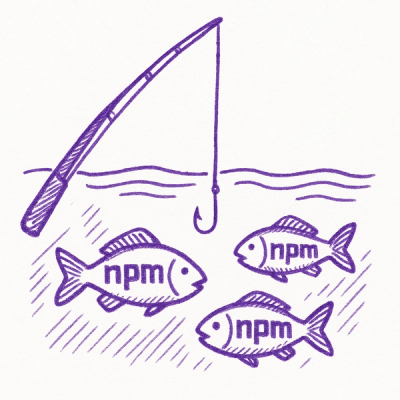
Pagination using Pydantic. Easy to use, lightweight, and easy to integrate with existing projects ✨





Requirements
A recent and currently supported version of Python (right now, Python supports versions 3.9 and above).
As Pagidantic is based on Pydantic, it requires them. They will be automatically installed when you install Pagidantic.
Notes: we support only Pydantic v2. If you are using Pydantic v1, you can install it using pip install pagidantic==1.1.0
Installation
You can add Pagidantic in a few easy steps. First of all, install the dependency:
$ pip install pagidantic
---> 100%
Successfully installed pagidantic
Usage
from pagidantic import pagidantic
object_list = [...]
pagination = pagidantic(object_list, page_limit=2, start_page=0)
def get_current_page():
return pagination.response
def get_next_page():
return pagination.get_next()
def get_previous_page():
return pagination.get_previous()
def get_page_by_number():
return pagination.get_page_response(page_number=0)
def get_total_pages():
return pagination.total_pages
def count_total_objects():
return pagination.total
Development 🚧
Setup environment 📦
You should create a virtual environment and activate it:
python -m venv venv/
source venv/bin/activate
And then install the development dependencies:
pip install -e .[test,lint]
Run tests 🌝
You can run all the tests with:
bash scripts/test.sh
Format the code 🍂
Execute the following command to apply pre-commit formatting:
bash scripts/format.sh
Execute the following command to apply mypy type checking:
bash scripts/lint.sh
License
This project is licensed under the terms of the MIT license.







